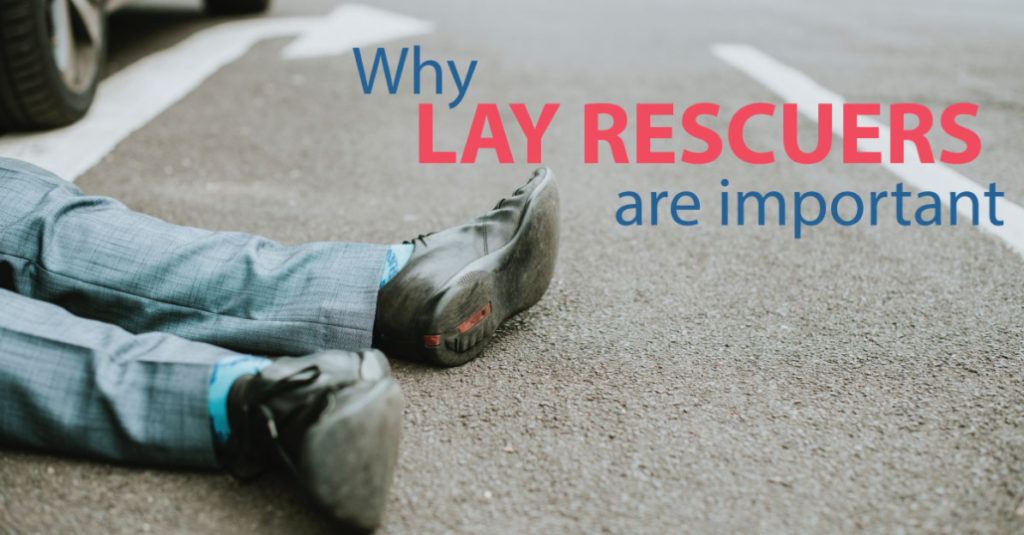There’s no question that when an accident happens, no matter how small, the best and first action you should take is to call the professionals. The question is – can you do anything before the professionals get there? The answer to that is, yes, you can. As an instructor for First Response Training International, you need to present the value of being a lay rescuer to people and how they can effect a more positive outcome to a bad situation.
What is a “lay rescuer”?
Let’s first clarify what a “lay rescuer” is as it relates to this article. This is important because this term is not used globally. A lay rescuer for the purposes of this article, is someone that has not been professionally trained to render a higher level of medical care. These people, for the purposes of this article, are called first responders. This can get confusing, trust me, we know. When developing the First Response Training International materials, we researched terminology from all over the world and had to agree on certain terms which my not match what you know or use in your region.
So why are layperson rescuers so important?
It is highly unlikely that the first person to approach a victim or the scene of an accident will be a first responder. It is more likely it will be a: co-worker, stranger (39.5%)1)), family member (27.5%)1)), child care provider, or person who is in the right place at the right time. With this in mind, lay rescuers can increase positive outcomes of victims of injury or sudden illness.
But how effective can a lay rescuer be?
There are over 350,000 out of hospital cardiac arrests (OHCA) in the US every year. If a lay rescuer renders immediate CPR they can double or triple the chance of survival. About 90% of people that suffer a cardiac arrest die. But – 9 out of 10 cardiac arrest victims that receive a shock (AED) within the first minute, live. (Association, 2017)
Let’s break down those numbers a little more to show you the potential and value of providing lay rescuer training for CPR, AED, and First Aid. According to the American Heart Association (AHA) there are:
- Approximately 10,00 cardiac arrests in a workplace every year in the US
- 55% of employees in offices, hospitality, education, industry/labor can’t get first aid or CPR and AED training from their employer
- Half of US workers cannot locate an AED at work
Even though the majority of the information revolves around cardiac arrests and those are certainly the most life-threatening, there are tens of thousands of smaller accidents that happen every year: cuts, scratches, burns, bites, falls, etc. where a properly trained lay rescuer could render assistance until a first responder arrives. This assistance could be as simple as talking to the victim, stopping them from moving, keeping them warm, running cool water over a burn, but if they don’t know…they can’t help.
Teaching lay rescuer courses is very rewarding, you can know that you are sending people out in the population that can help, when others may not be able to. One of your students may come back and say “you know that training you provided, it saved a life”, how good would that feel. Companies and schools are always looking for someone to teach their employees first aid, CPR, and AED, go out and train some people and save some lives!


